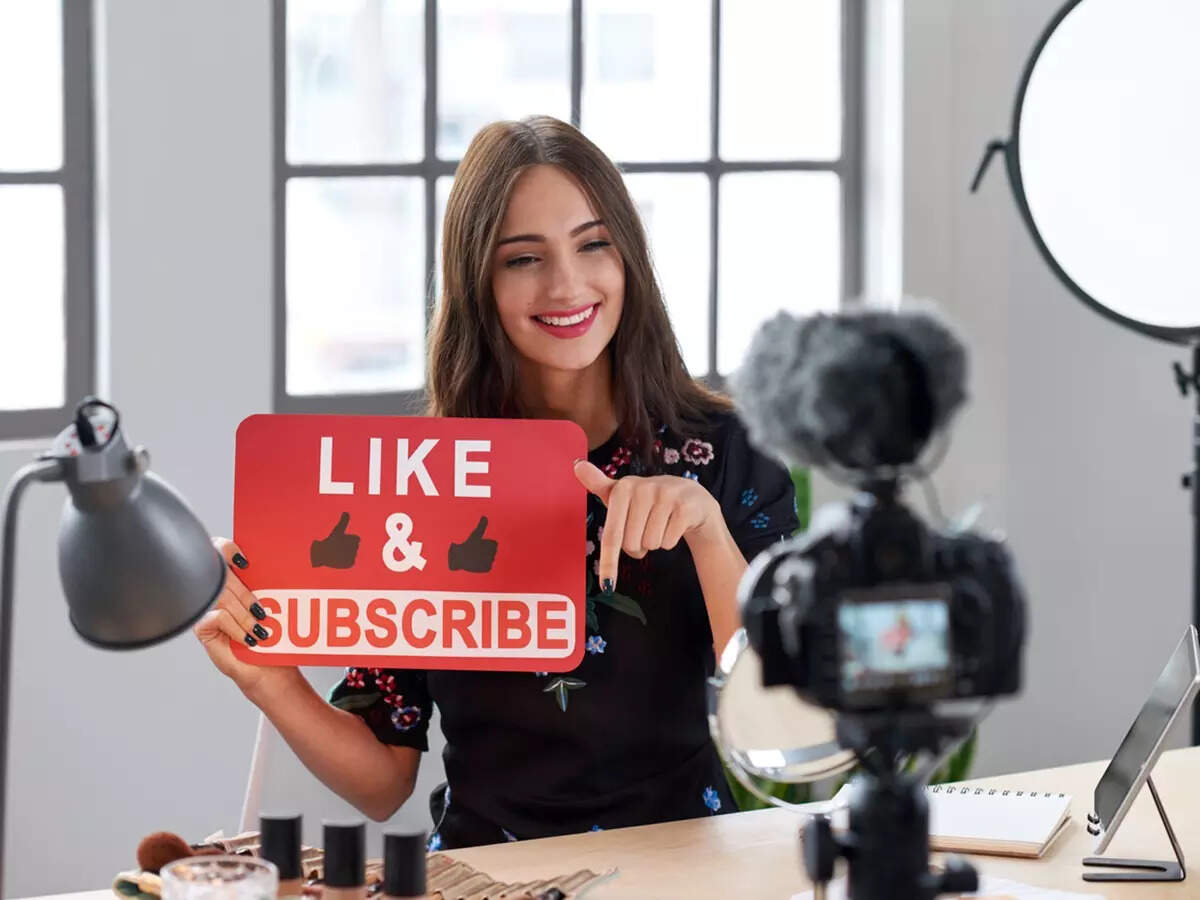- Marketing
- 4 min read
The perils of influencer marketing
The reason influencers rose as a marketing vehicle over the last few years is because they were seen as authentic which celebrities weren’t seen as.

Interestingly, some of the financial influencers, who advocated such platforms are under the social media scanner and are facing a severe backlash online. While a few have been responsible, a lot of influencers that encouraged investment in crypto securities have been mis-selling the crypto asset class by downplaying risks of volatility, grey regulation and ignoring individual risk profiles.
In this column, we look at the perils of influencer marketing likely to show up in the next 2-3 years.
Tensions emanating with influencer marketing
The reason influencers rose as a marketing vehicle over the last few years is because they were seen as authentic which celebrities weren’t seen as. Celebrities were seen as good vehicles for driving reach but poor vehicles for consumer engagement and conversion.
However, mega-influencers with following in excess of a million followers, have become celebrities leading to the same issues which firms had with celebrity marketing. Hence, some leading firms are shifting to nano (<10,000 followers) and micro (between 10,000 and 50,000) influencers.
Also, there is increasing concern that some influencers are buying likes and falsifying engagements and as a result global marketing giants like Unilever and Samsung are taking a strong stand against this. There are apprehensions by some companies that they cannot control some of the other brands the influencer endorses and the other brands can have a shadow effect on these companies. As a result, some leading firms are pushing their own content through YouTube channels and their social media pages.
Moreover, there are tax concerns for creators with a new tax coming into force where social media influencers will have to pay 10% tax deducted at source (TDS) on freebies or any other form of payment made in kind, if the value of the product is above Rs. 20,000. Finally, the real threat is coming from virtual influencers (e.g., virtual humans, AI created personas and digital avatars), especially in China and East Asia. Leading companies like Dior and Prada are extensively partnering with such virtual influencers.
Outlook for influencer marketing seems largely bright
Despite the significant tensions emanating with influencer marketing, their outlook seems bright. Influencers have risen as a marketing tool as they were seen as authentic with their community. This led to massive brand partnerships across YouTube, Instagram, Tik Tok, Snapchat and even LinkedIn.
Influencer marketing, globally, is valued at nearly $ 13.8 billion in 2021, as per estimates on Statista and is expected to grow at least 20% for the next few years. India, on its own, has an influencer marketing industry valued at Rs. 900 Crores last year according to a GroupM INCA’s influencer marketing report. New surveys in the developed world indicate that children now want to be YouTubers rather than astronauts. FMCG companies globally are increasing their spends on influencer marketing.
Massive need for influencers to self-regulate and become responsible
The current episode of the crypto industry crashing is probably going to be a point of inflexion for leading influencers. It is time for them to self-reflect and be responsible with what they advocate. The principles for advocacy are fairly simple.
- If you are not likely to use a product or a service, avoid endorsing it. Remember Christiano Ronaldo and how he pushed aside a bottle of Coca Cola?
- If you are promoting a product or a service, say it in your language so that consciously and sub-consciously, your audience’s interest is safe-guarded.
- When in doubt, let the brand partnership go.
- As an influencer, your primary responsibility is to your audience and not to your bank account.
Similarly, brands need to be careful about whom they are partnering with. While a one time transaction with a leading influencer can generate a short term uplift, it can have devastating repercussions on long term brand equity.
In conclusion, influencer marketing is here to stay. But the irony is that influencer marketing was seen as a vehicle to remove noise. Unfortunately, ‘noise’ is what is taking centre stage these days. What a tragedy!
DISCLAIMER: The views expressed are solely of the author and ETBrandEquity.com does not necessarily subscribe to it. ETBrandEquity.com shall not be responsible for any damage caused to any person/organisation directly or indirectly.



COMMENTS
All Comments
By commenting, you agree to the Prohibited Content Policy
PostBy commenting, you agree to the Prohibited Content Policy
PostFind this Comment Offensive?
Choose your reason below and click on the submit button. This will alert our moderators to take actions